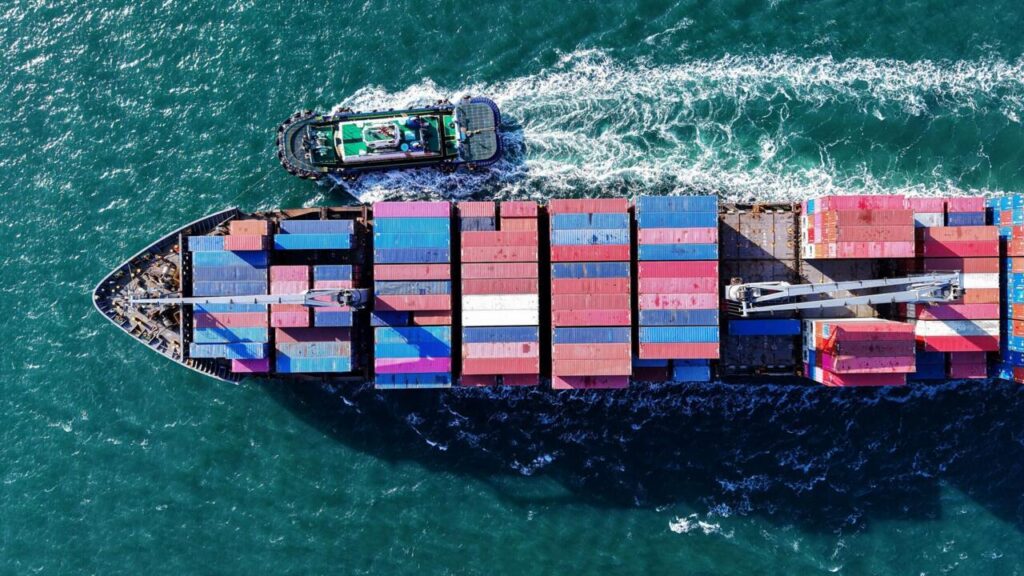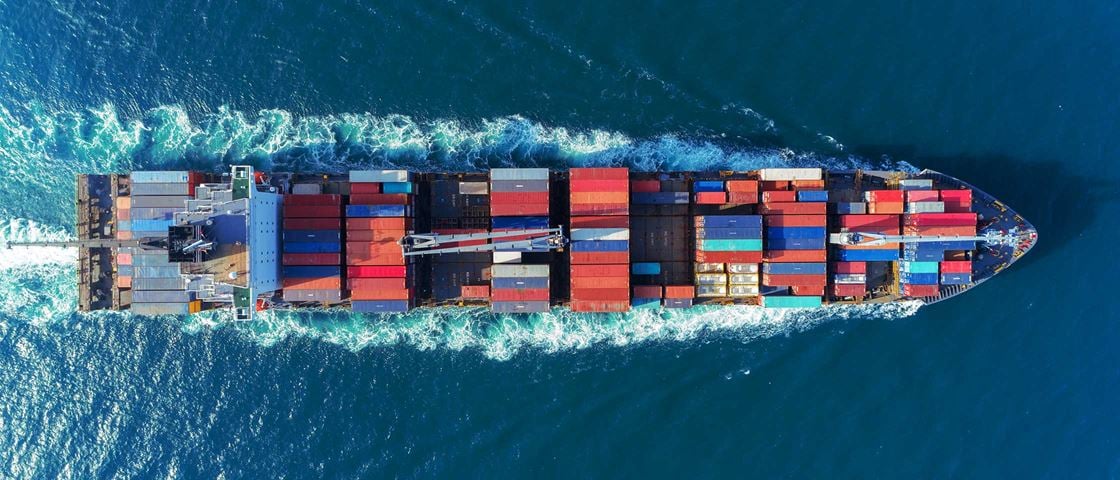Global maritime transport is, in many ways, a remarkable success story. Over the past decades, shipping costs have plummeted, enabling unprecedented levels of international trade and economic specialization. Even David Ricardo, a pioneer of globalization theories, would likely be astonished by today’s reality. Transporting a container from Asia to Europe costs less than $300, yet the goods inside may be worth $300,000. Shipping is undeniably cheap—but is it too cheap?
Cheap shipping comes at a price. The industry is trapped in a race to the bottom, where cost-cutting is the only strategy. Yet, even with historically low oil prices, few companies turn a profit. Freight rates are at record lows, but demand hasn’t increased. The solution? Shift the focus from slashing costs to creating value—improving reliability, offering tailored services, and charging what the service is truly worth. In short: be more expensive.
The problem runs deeper than pricing. Hidden costs lurk everywhere. Shipbuilding is subsidized, state-owned shipping lines benefit from favorable financing, and scrapping old vessels is artificially cheap due to government incentives. Ports, too, are propped up by taxpayer money—through infrastructure investments, tax breaks, and other financial sleights of hand. These subsidies distort the market, masking the true cost of shipping.
Competition exacerbates the issue. Ports and nations undercut each other, unwilling to impose fees that might drive business elsewhere. The result? Taxpayers foot the bill, not the users. This system is unsustainable—it wastes public funds and unfairly favors the globalized trade model over alternatives.
The obsession with economies of scale only makes things worse. Bigger ships mean lower costs for shipping companies, but higher expenses for ports, which must dredge deeper channels and expand infrastructure—often funded by public money. The carriers demand these upgrades, yet refuse to pay for them.
Is there a way out? Yes: end subsidies, enforce the “user pays” and “polluter pays” principles, and level the playing field. The shipping industry must face its true costs—before the bill comes due for everyone else.


